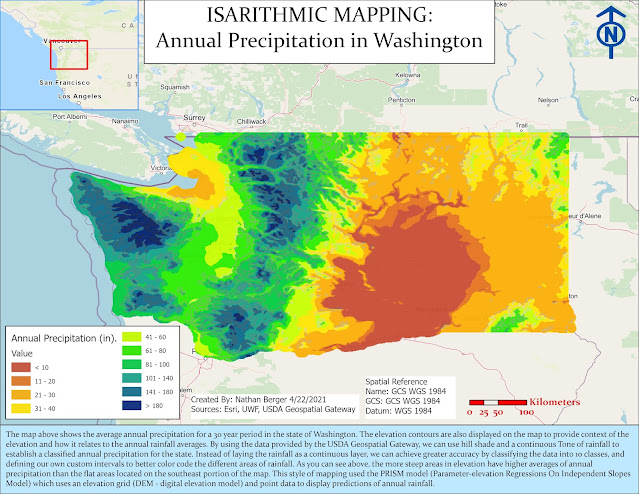Introduction to Remote Sensing
Aerial Photography and Identifying Features
Texture, Tone
In any remote sensing analysis, we need to identify features in imagery. In order to do just that, we use a few tools and tricks to help us along the way. The tone and texture of objects in an image help us to identify different areas based on light vs. dark, and even fine objects vs. coarse or choppy. This allows us to make out areas of dense vegetation, bodies of smooth or still water, and manmade structures such as runways of an airfield.
Size, Shape, Patterns, Association, Shadows
Take a look at the images below
True Color False Color Infrared
The land features on the left are colored by their true color, as if you were to take a regular picture with your cell phone of the area looking down onto Earth. The picture to the right takes the true color values and uses a False Color Infrared coloring technique, which separates the land features into a changing of colors. The blue rivers and lakes now turn black. The green forests are now red, which indicates infrared or thermal heat signatures signifying plan life and vegetation. The green forests are now blue.






Comments
Post a Comment